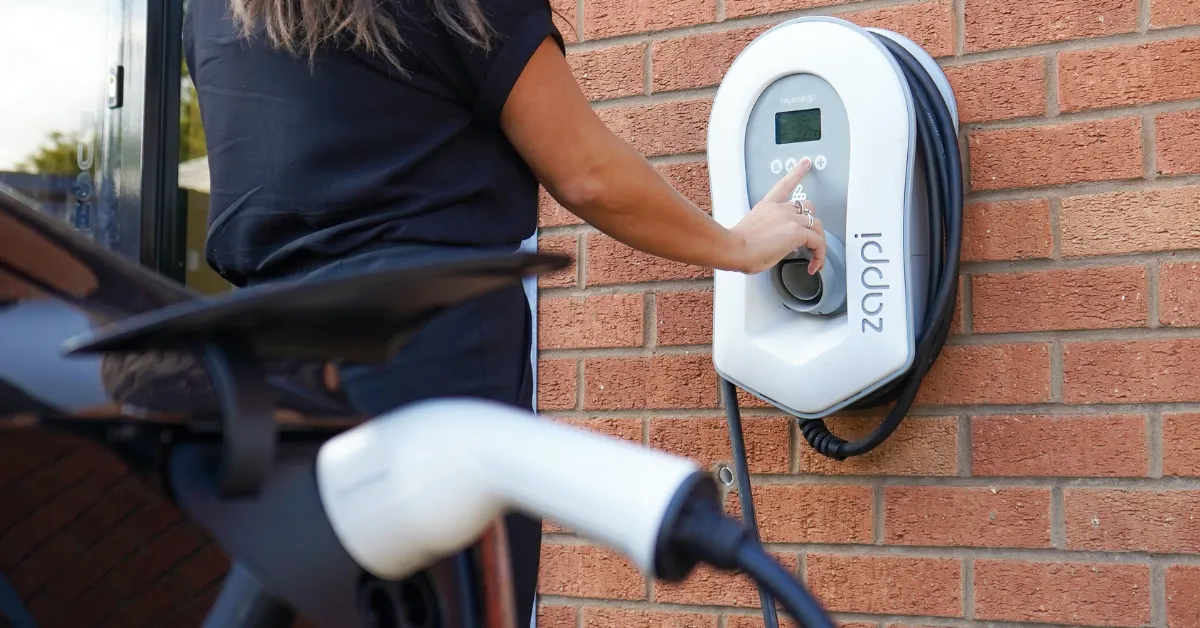Hey there! If you’re an electric vehicle owner, you’ve probably wondered Can I Plug My Electric Car into a Regular Outlet? After all, outlets are everywhere! Who needs special charging stations?
I feel you. But before you go jamming that plug into the outlet by your kitchen counter, let’s take a minute to explore this charging question. There’s more to it than meets the eye!
Yes, you can technically plug an electric car into a regular 120-volt household outlet to charge it.
Stick with me, and we’ll figure it out together.
The Regular Household Outlet

Let’s start with the basics. What exactly is a “regular household outlet”?
In most homes, you’ll find standard 120-volt outlets. These trusty outlets provide power for your lamps, toasters, and other household gadgets.
120-volt outlets are convenient because they’re everywhere in your home. There’s probably one within reach no matter which room you’re in!
So in theory, you could easily plug your electric car into one of these ubiquitous outlets for charging. But before you get all trigger-happy with that plug, we need to think through a few things.
Factors to Consider Before Plugging In
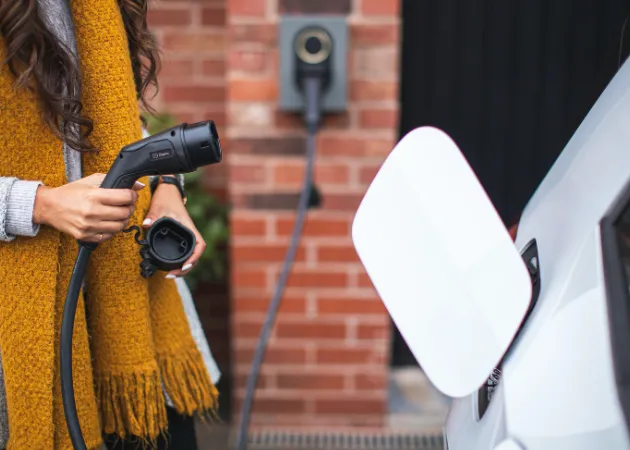
I know, I know. I’m being Captain Obvious here. But it’s critical to understand your specific electric vehicle’s charging needs and capabilities before you plug it into a standard 120-volt outlet.
A few key factors to check:
- Your car’s charging capacity – How many volts and amps can it handle? This will determine the charging speed.
- Your car’s battery size – The bigger the battery, the longer it’ll take to charge 120 volts.
- Estimated charging time – Refer to your owner’s manual to see how long charging will realistically take on a regular outlet.
For example, let’s say your car’s battery can hold 60 kWh of juice and its charging capacity rate is 1.4 kW. On a 120-volt outlet, it would take over 40 hours to fully charge that puppy! That’s almost 2 whole days of charging.
So in this case, a regular outlet probably isn’t the most efficient option for daily charging needs. But we’ll dig into this example more soon!
Electric Car Charging Voltage and Current
To really understand this outlet charging situation, we need to look at how voltage and current impact charging speed.
Think of it this way:
Voltage is like the size of a hose – the higher the voltage, the wider the hose.
Current is like water pressure – more pressure pushes more water through the hose.
Bigger hose + higher water pressure = faster charging!
Most electric cars are designed to charge best at around 240 volts or higher. That voltage gives them a nice big “charging hose” to drink from.
Plugging into a 120-volt outlet is like sipping charge through a narrow straw – slow. Not ideal for daily charging needs.
But in a pinch, a regular outlet can add at least some range back into your battery. Just don’t expect ultra-fast charging.
Electric Car Outlet Requirements
Okay, time for a reality check. Can you actually plug any electric car into any regular 120-volt outlet?
Well…not exactly. Here are some potential issues:
- Voltage – Some cars require 240 volts and can’t charge on 120 at all.
- Amps – Cars have different amperage requirements. A 15-amp outlet won’t cut it for a car demanding 20-amps.
- Dedicated circuit – For safety, your car may need a dedicated outlet rather than a shared one.
- Grounding – Proper grounding is essential to avoid electric shock. Older outlets may not be grounded properly.
The point is, not every regular outlet will jive with your car’s needs. The outlet must align with the car’s voltage, amperage, and grounding for safe and functional charging.
So check the specs of the outlet and your car before plugging in!
Can You Plug an Electric Car into a Regular Outlet?
Yes, you can technically plug an electric car into a regular 120-volt household outlet to charge it.
But there are some practical limitations:
- Slow charging time – It likely takes 10+ hours to fully recharge, which isn’t feasible daily.
- Low power – Your car’s battery may drain power faster than a 120-volt outlet can provide it, especially during driving.
- Compatibility – The outlet must match your car’s voltage, amperage, and grounding needs for safe charging.
So while a regular outlet can work in a pinch, for regular overnight charging at home, a higher-voltage dedicated charging station is recommended for most EV owners.
It provides faster, safer, and more complete charging to keep you powered for your daily drives.
Read More: How to Charge an Electric Car at the Apartment- Step by Step Guide
Can I Plug My Electric Car into a Regular Outlet Without a Converter?
Some electric cars come with a charging cord that has a standard three-prong plug at one end.
This plug is meant to plug directly into a compatible 120-volt outlet for Level 1 charging. No separate converter is needed!
But most cars use unique charging ports that don’t match a household plug. For these systems, you’ll need a converter box that goes from the wall outlet to the car’s charging port.
The converter adjusts the electricity from the 120-volt outlet to safely charge the battery.
So in summary:
- Cars with standard plugs may be able to plug directly into certain outlets.
- Cars with unique ports will need a converter to bridge the gap between the outlet and port.
Check your owner’s manual to be sure!
Can I Get a Level 2 Charger at Home?
Many EV owners eventually opt to install a Level 2 charger in their garage or carport at home.
This provides faster charging than a regular 120-volt outlet:
- Higher voltage – Level 2 runs on 240 volts instead of 120 volts.
- Increased current – Up to 80 amps, compared to 15-20 amps on a household outlet.
- Faster charging – Typically charges a depleted battery overnight where Level 1 takes 1-2 days.
The only catch is you need a dedicated 240-volt circuit installed, which does require some wiring work.
But being able to wake up to a “full tank” every morning makes it worthwhile for many EV drivers!
What Kind of Electric Car Charger Will I Need?
The charger you need depends primarily on whether you want Level 1 or Level 2 charging capability. Let’s break it down:
Level 1:
- Plugs into a regular 120-volt household outlet
- Provides 2-5 miles of range per hour of charging
- Best for infrequent or emergency charging
Level 2:
- Requires a 240-volt circuit (like for a dryer)
- Provides 10-25 miles of range per hour of charging
- Ideal for frequent daily charging
Within those levels, you can choose from basic universal chargers or “smart” chargers with WiFi, timers, and other bells & whistles.
Your manufacturer likely offers to charge recommendations too. So check with them on the best options for your car’s battery.
The right charger keeps you energized for all your travels!
Can You Charge an Electric Car from a 13 Amp Socket?
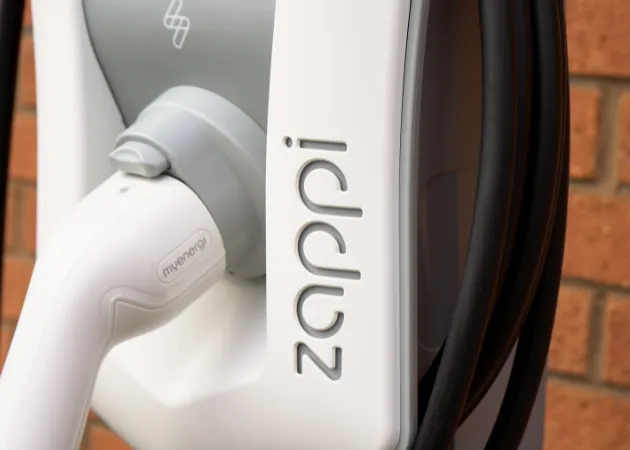
In regions like the UK and Europe, a typical household outlet provides 220-240 volts at 13 amps.
This is actually perfect for Level 1 charging! 13 amps is sufficient for slow overnight charging.
So in short – yes, you can charge an electric car from a standard 13 amp, 240-volt European socket.
Just don’t expect ultra-fast charging. Think of it as a slow trickle charge for when you’re home at rest.
For faster charging, you would still need a dedicated high-amperage circuit installed. But 13 amps do the job for casual overnight charging.
How Long Does It Take to Charge an Electric Car on 220v?
When using a 220-240 volt circuit, charging time depends on two key factors:
- Battery capacity – The kWh rating of your EV battery determines how much power it can hold.
- Charging rate – The speed at which your car’s system can convert electricity to battery power.
For example:
A 60 kWh battery paired with a 7 kW charging rate will take about 9 hours to charge from empty to full on a 220-240 volt circuit.
But a 100 kWh battery with an 11 kW charging rate will need about 13 hours to charge on the same 220-240 volt supply.
So charging times can vary widely! Check your owner’s manual for estimates based on your exact EV model.
Even at the high end though, 220-240 volts allows for full charging overnight for daily driving needs. Much better than the 1-2 days on 120 volts!
Read More: Everything You Need to Know About Wireless EV Charging – WrEVs
How Do I Charge My Car on a Road Trip?
Road trips do require more planning when you’re driving electric. Here are some tips:
- Use charging maps/apps – Find charging stations along your route and check availability.
- Add in charging time – You’ll need to stop more often to recharge. Account for that when estimating trip duration.
- Consider faster chargers – Level 3 fast chargers can provide 80% charge in under an hour, perfect for pit stops!
- Plan overnight stays at hotels with chargers – You can fully recharge as you sleep.
- Have backup options – Carry an adapter to use standard outlets in a pinch. Or locate backup charging stations along the way.
With some savvy planning, road trips can be just as smooth in your EV! Apps and online resources make it easier than ever to chart a charging-friendly journey.
How to Charge Electric Cars in Public?
Charging in public is getting easier all the time! Here are some common options to look for:
- Public Level 2 chargers – Typically found at municipal parking garages, shopping centers, airports, hotels, etc. Just park, plug in, and charge up!
- DC fast chargers – These Level 3 chargers can add 60-80 miles of range in 20 minutes. Ideal for rapid charging on road trips.
- Charging networks – Join a network like ChargePoint, EVGo, etc. to access thousands of public charging points.
- Apps and maps – Use apps like PlugShare to locate stations and get real-time status updates on availability.
- Metered parking spaces – Cities are adding metered EV charging spots that allow public charging for a fee.
With some planning, you can easily navigate the growing network of public EV charging options!
Where Can I Charge My Electric Car for Free?
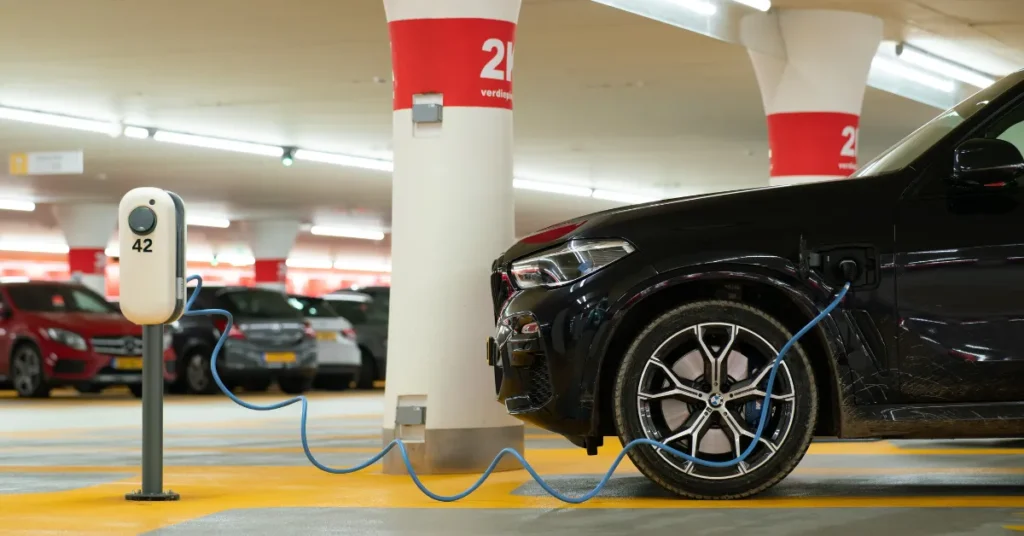
Charging at public stations usually incurs a fee. But you can occasionally find free charging if you know where to look!
Some places that may offer free EV charging:
- City-owned charging stations (limited time)
- Hotels and businesses seeking to attract EV drivers
- Retailers like supermarkets and department stores
- Municipal buildings like city halls, community centers, parks, etc.
- Colleges and universities for students and staff
- Workplaces installing chargers for employee use
Just be sure to verify any terms. Time limits or validation may be required to avoid fees at certain “free” stations.
And be considerate by moving your vehicle once charged if others are waiting. Finding charging for free takes some work – but it is possible!
Is Charging My Car at Home Increasing My Electric Bill?
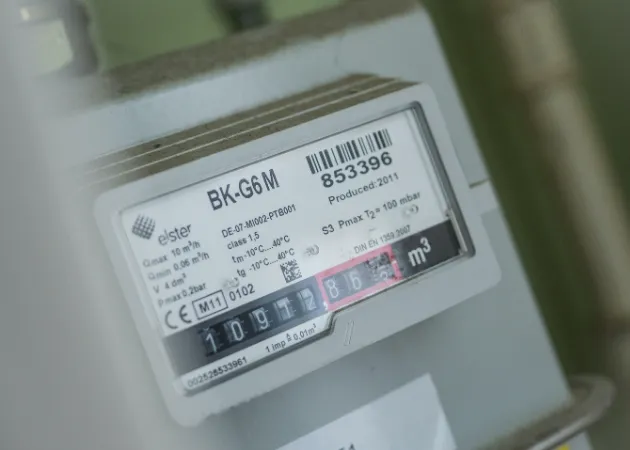
It’s true that charging your EV at home will increase your monthly electricity bills. For many owners, home charging accounts for the lion’s share of their charging costs.
But there’s good news!
Charging costs way less than gas for equivalent fuel mileage. So while your electric bill goes up, your net fuel spending still drops significantly in most cases.
Let’s break it down:
Say your EV uses 30 kWh to travel 100 miles. At an electricity rate of 12 cents/kWh, that’s $3.60 of electricity.
For a gas car getting 30 MPG, driving 100 miles would use over 3 gallons of gas. At $4/gallon, that’s $12 of fuel.
So even with higher home electric bills, you can save money charging smart!
Safety Measures for Home Charging
When charging your EV at home, be sure to keep safety top of mind:
- Use a ground fault circuit interrupter (GFCI) outlet or charging cord. This shuts off power if there’s a risk of electric shock.
- Avoid using extension cords that can overheat. Connect the charger directly to a wall outlet.
- Keep charging areas ventilated and clear of debris that can combust.
- Use charging equipment certified by your manufacturer to ensure compatibility.
- Check that outlets have tight connections and no damage or deterioration.
- Have a certified electrician install any new electrical circuits.
Follow basic precautions, and you can enjoy safe, convenient home charging for years to come!
Read More: Can You Charge an Electric Car in the Rain? | Explained
Can I Plug My Electric Car into a Regular Outlet Tesla?
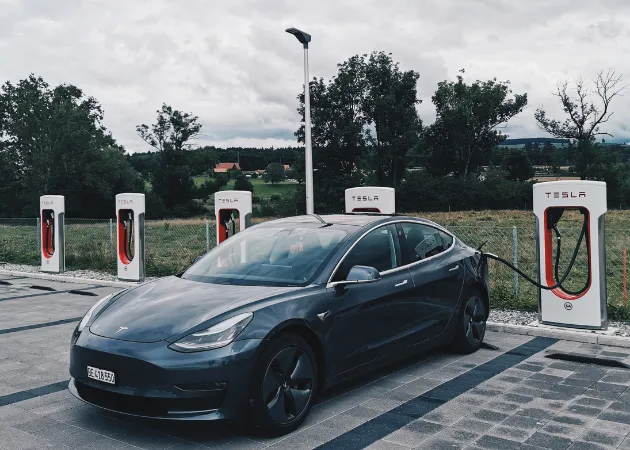
For Tesla owners specifically, the answer is yes – you can plug into a regular 120-volt household outlet in a pinch.
Tesla provides a mobile connector with each car that has a standard NEMA 5-15 plug. This allows Level 1 charging from any compatible 15A outlet.
Of course, charging will be slower. Tesla estimates adding about 3 miles of range per hour from a 120-volt outlet.
For any daily or overnight charging, Tesla recommends installing a 240-volt Wall Connector for faster Level 2 charging. This adds over 20 miles of range per hour.
But for occasional top-offs, using the included mobile connector with regular outlets can get you by until you can access faster charging. So if you’re ever in a bind, go for it!
Conclusion
Well, there you have it! We covered a ton of ground on this whole “Can I Plug My Electric Car into a Regular Outlet?” question.
The short answer: Technically yes, you can plug an electric car into a standard 120-volt household outlet to charge in a pinch. But it’ll be slow, and the outlet must be compatible with your car’s specs for safe charging.
For routine daily charging, most EV owners prefer a higher voltage Level 2 or fast charger custom-fit for their car. This provides faster, more complete charging overnight.
But in an emergency, that ubiquitous 120-volt outlet can lend a helping hand! Just be strategic, check the specs, and charge with care.
Let me know if you have any other charging questions! I’m happy to dig into the nitty-gritty details with you. Stay charged!
Read More: Do Electric Cars Lose Charge When Parked?
Read More: How to Increase Electric Car Range: Simple and Effective Strategies
FAQs
What are the risks of charging from a regular outlet?
Using an incompatible, damaged, or overloaded outlet can risk fire or electrocution hazards. Always check the outlet’s voltage, amperage, and grounding match your car’s needs.
How many miles per hour does Level 1 charging add?
Level 1 charging typically adds 2-5 miles of range per hour of charging. This makes it impractical for daily charging needs for most EVs.
Is it bad to charge my electric car every night?
No, charging daily is fine for the battery! Actually, it’s ideal to charge more frequently versus letting the battery drain to low levels between charges.
Can I add a 240v outlet myself or do I need an electrician?
Only a certified electrician should install a new 240v circuit for home charging. Attempting to DIY a high-voltage circuit risks fire and electrocution.
Does EV charging wear out my home’s electrical system?
As long as your home’s electrical panel and circuits are in good condition, the added load of EV charging should not cause issues or excessive wear.
